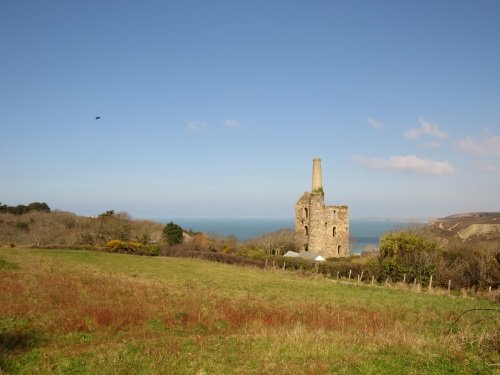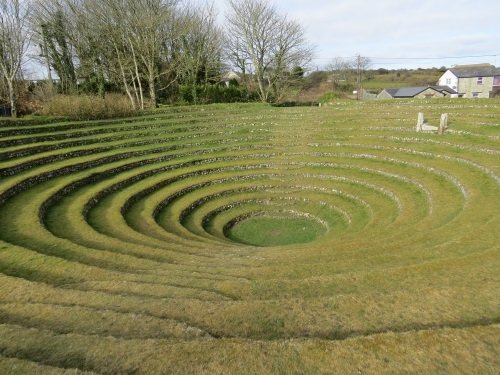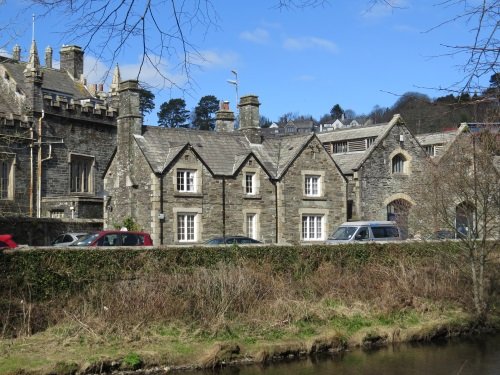First published: Wed 25 Mar 2015.
Els Slots
WHS #562: A Mining Landscape
Comments
4 comments
Paul Tanner
10 years, 9 months ago (Mar 26, 2015)
Note you tried a "Pasty" if not with the "traditional" ingredients. The "Cornish pasty" has been given PGI ("Protected Geographical Indication") status in Europe (much to the annoyance of many in UK from beyond Cornwall who do not appreciate the EU's propensity for controlling the minutiae of life!) and is linked closely with the mining industry as food which the miners would have taken down the mine with them and would have been made by their wives with whatever was "on hand". See Wiki for a fuller introduction to the "Cornish Pasty" - en.wikipedia.org/wiki/Pasty#Variations
Reply
Els Slots
10 years, 9 months ago (Mar 26, 2015)
I did try the "Pasty" because Ian had mentioned it in his review! I am afraid it has loads of calories.
Paul Tanner
10 years, 9 months ago (Mar 26, 2015)
You Dutch can't stay away from the cheese - the traditional meat and potato would have had fewer calories!
Ian Cade
10 years, 9 months ago (Mar 26, 2015)
Whilst it isn't as authentic as a proper Cornish pasty I am rather fond of the cheese and bacon ones. Though I think you would have to spend all day mining to burn off the calories.



